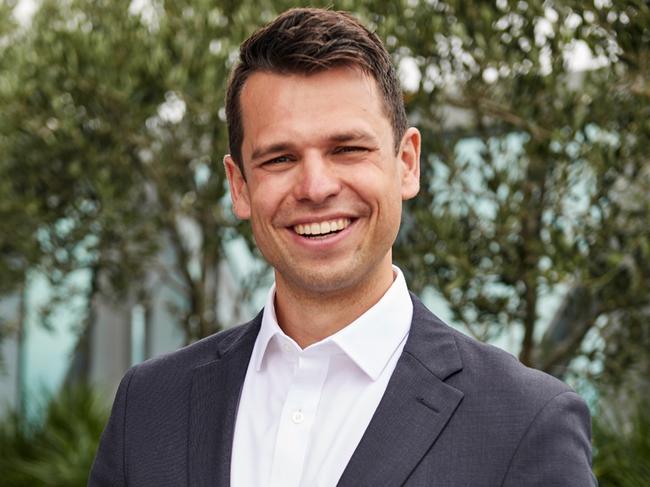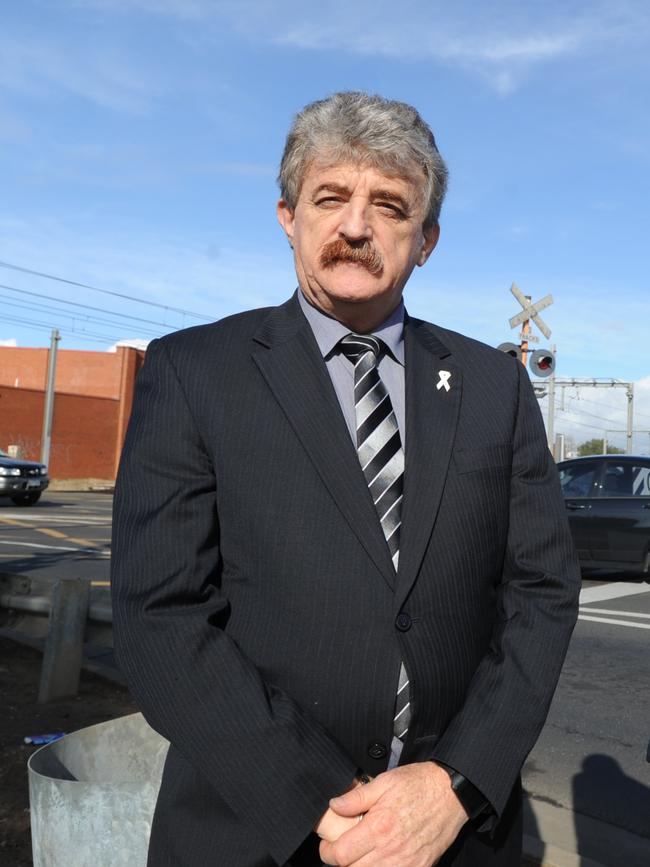Census reveals Victoria’s fastest-growing and fastest-shrinking regions
Census population data mapped: See where people are flocking to and where people are fleeing from across Victoria.
National
Don't miss out on the headlines from National. Followed categories will be added to My News.
Wyndham, Melton and Surf Coast have seen a population boom over the past five years.
New Census data released on Tuesday revealed the local government area of Wyndham, on the outer suburbs of Melbourne, has seen its population rise a quarter (25.6 per cent) since 2016.
The number of residents jumped from 217,122 to 292,011.
The number of people choosing to set up home in Melton, 35km from the CBD, also rose by 24.3 per cent in that same time period, while those on the Surf Coast, south of Geelong, saw a 22 per cent rise.
The Demographics Group co-founder Simon Kuestenmacher said population growth in regional areas was overwhelmingly a positive thing – the problem was that we weren’t expecting it so suddenly during the pandemic.
“This movement kind of surprised peoples so local governments didn’t make enough land available fast enough and it meant developers weren’t ready to build housing fast enough and all of this coincided with building materials costs going up very fast,” Mr Kuestenmacher said.
“We weren’t prepared for the growth we long wanted and the result was very high house price growth.

“It becomes a problem for low-income renters because rents go up fast … and that’s when we saw massive increases in homelessness and housing crises.
“Most areas in the urban fringe and within a two-hour radius of the city, they suffered, and that’s problematic.”
But despite mass migration spurred by the pandemic, Mr Kuestenmacher said the population explosion in certain regions was “definitely not just a phase”.
“This was not just driven by working from home and the pandemic,” he said.
“The trend of moving to the fringe and regions would have occurred anyway because the millennial generation is the largest generation and it is finally reaching the family stage of the life cycle.
“A two-bedroom apartment in the city doesn’t cut it anymore so they move wherever they can afford a three- or four-bedroom house and that’s definitely not the inner-city.
“Many also can’t move to the middle suburbs because the Baby Boomers live there as empty nesters.”

Wyndham City Council mayor Peter Maynard said that it was no surprise to him his area had the biggest boom.
”When I moved here in 1982 it was about 48,000,” he said.
“It’s a greenfield area, there’s, to a degree, affordable housing and people are looking to move into the west, it’s a great place to live.”
But he said there were both challenges and opportunities with growth.
“We keep on speaking to state and federal government to get the best outcome for our residents,” he said.
Bass Coast Shire mayor Michael Whelan said families move to his coastal area – which also experienced a major boom – for the lifestyle, land size, fresh open air and career opportunities.
“It’s no secret to us that we live in one of the most beautiful parts of Victoria,” he said.
“While some areas of Bass Coast, like Phillip Island and Inverloch, have always been known as tourist hot spots, in the past couple of years we have seen a significant shift in families moving permanently to the region.”




